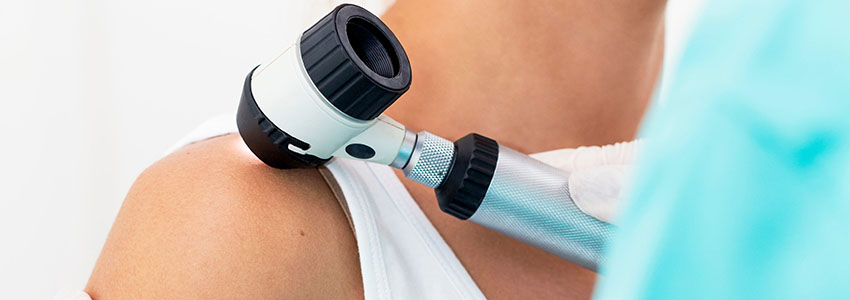Mole Screening

The skin is the largest organ in the human body and one of the few organs we can actually see. It is important to be proactive with skin health by receiving regular mole examinations. A full-body skin and mole examination by a dermatologist is the best way to catch skin cancer early and treat it effectively.
If you notice changes in a mole's colour or appearance, schedule a mole examination with Dr Naidoo. It becomes more urgent if the mole bleeds, oozes, itches, appears scaly or becomes painful.
What can I expect during a mole examination?
First, Dr Naidoo will ask if you have any moles that concern you. Next, she will look for any suspicious changes in your moles. Your age, sex and when the mole appeared will also be taken into consideration. She will then conduct a full body skin examination to identify concerning lesions. The screening usually takes 15 - 20 minutes, or longer if Dr Naidoo finds any moles that look unusual.
Mole Mapping
Dr Naidoo also uses a special technique called Mole Mapping to get detailed imaging of your moles and other skin lesions. Mole mapping is a method of digitally monitoring moles. Mole mapping is helpful for detecting early stages of skin cancer. At the session, overview images of your body will be taken to track and localize and moles. The images are stored in a secure database, and at each session, Dr Naidoo can compare even slight changes in your moles.
The entire procedure takes about 30 to 45 minutes, depending on the number of moles you have. Detailed imagery allows for a more accurate diagnosis of skin cancer, particularly melanoma.
Go back
